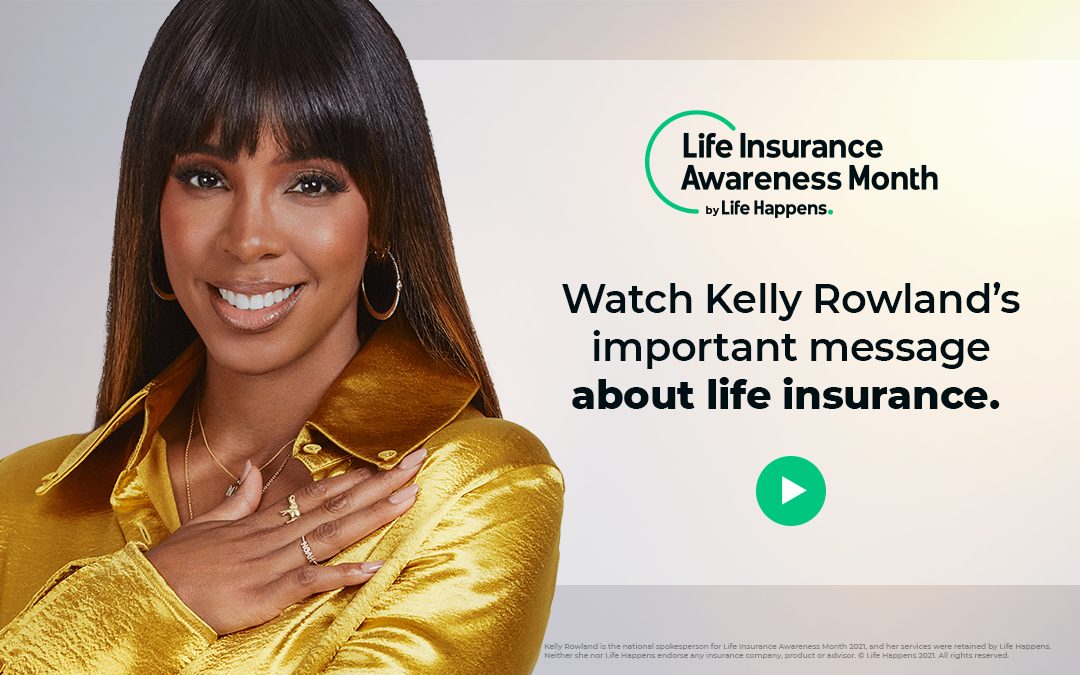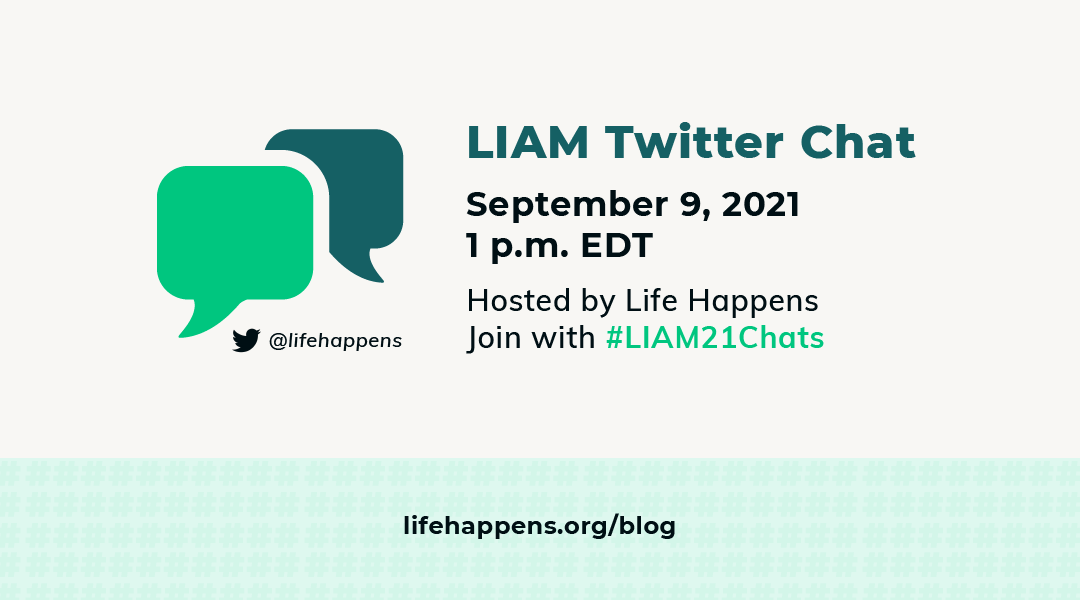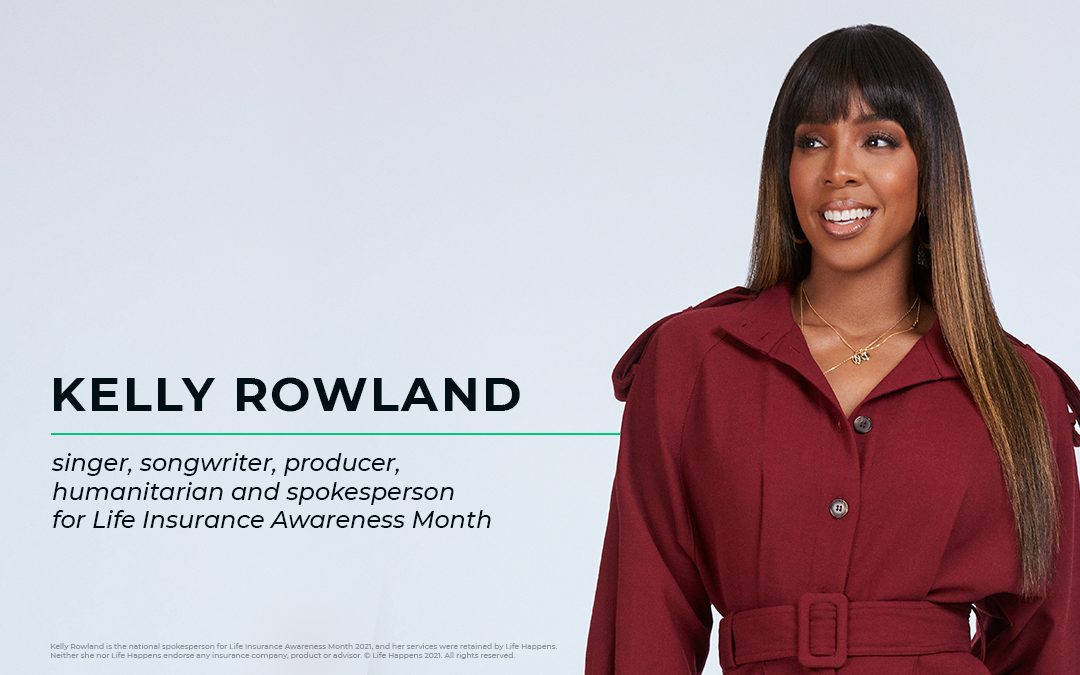
3 Reasons to Consider Term Life Insurance
Thirty-one percent of Americans now say they are more likely to buy life insurance,* up from just 11% in 2011. However, a common misconception around life insurance affordability persists — the majority of people overestimate the cost of life insurance by as much as three times the actual cost. This misconception, combined with a tendency to prioritize other financial needs, leaves too many families vulnerable to financial hardship if a loved one unexpectedly passes away.
Of the two main types of life insurance — term and permanent* — term insurance can be an attractive option to many due to its affordability. With the help of term insurance, families can afford to make sure they will be able to maintain their lifestyle and keep their dreams within reach even if a family wage earner dies.
Greater accessibility and speed make buying term insurance easier today* than it was in the past. Many companies have expanded their suite of online tools and resources to offer an accelerated application process, faster underwriting, and more efficient application processing.
Term insurance can also be a central pillar of a long-term financial plan. It can lock in your insurability — the ability to qualify for insurance — at the same time it locks in affordable death benefit protection for a set period of time.
A closer look at locking in future insurability with a term life insurance policy reveals three significant benefits.
Protection through health changes. As people age, they are more likely to develop health problems that could make life insurance more expensive or even disqualifying. Many term life policies have a conversion feature, which allows a policyholder to convert their term policy to a permanent policy before it expires without going through another medical exam, regardless of health changes. This ability to lock in insurability is advantageous given the many health changes you might experience throughout your life.
Protection through job changes. Ten percent of workers lost employer-provided life insurance coverage as a result of the pandemic. Even those with employer-provided group coverage often overlook the employee-paid, Optional Term Life plans during open enrollment, leaving them with inadequate protection. While it’s ideal to have a combination of coverage individually and through your employer, term insurance offers higher levels of coverage and more stability during employment disruptions.
Protection against debt and final expenses. Americans are currently carrying approximately $14.35 trillion in mortgage and non-mortgage debt. Life insurance can help your loved ones pay off debts while maintaining their lifestyle and forging ahead in pursuit of their hopes and dreams.
1052545-00001-00









